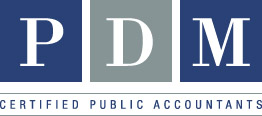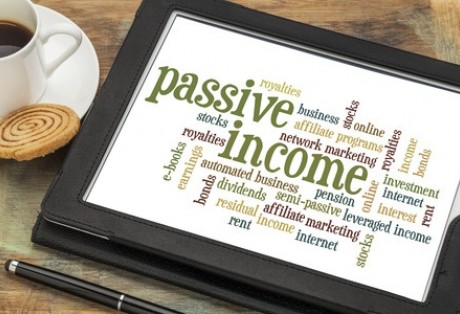Last week we discussed the built-in gains tax when converting from a C corporation into an S corporation. Just as many companies overlook the built-in gains tax, you must also careful not to ignore the tax implications of any earnings and profits accumulated before the conversion. Your new S corp could be subject to the highest corporate tax rate (35%!) on its passive investment income.
Accumulated Earnings and Profits – What to Watch
Generally, an easy way to think of accumulated earnings and profits is any net income, from any year of the corporation’s existence, that hasn’t been distributed by the corporation. The following can help you determine what this amount is for tax purposes.
Passive Income & Gross Receipts
For tax purposes, passive income doesn’t mean exactly the same thing as it does for general business purposes. For the most part, passive income means dividends, interest, rents, and royalties, with some exceptions.
Gross receipts include all amounts received by your corporation, without reduction for cost of goods sold, returns, allowances, or other deductions.
The 25% Rule
If your newly converted S corporation’s passive income exceeds 25% of its gross receipts – the passive income amount is subject to highest corporate tax rate.
So, for example, if your passive income that exceeds 25% of your gross receipts were $100,000 – you would pay a 35% corporate tax rate on $75,000 (the amount in excess of 25%). That amounts to $26,250.
This has a few implications for shareholders. First, the S corporation would pass through income of only $73,750 ($100,000 minus the $26 ,250 of tax), rather than $100,000 . Also, your company will be subject to double taxation, since a tax was imposed at the corporate level. Worse – if the tax applies for three consecutive years, your corporation’s S corporation election will terminate.
Avoiding the 35% Tax
You can avoid this tax in two ways. First, you can eliminate the accumulated earnings and profits from when you were a C corporation by distributing the funds before the end of the first S corporation tax year. Alternatively, you may limit your corporation’s passive investment to 25% or under of gross receipts.
Keep in mind that if you distribute the accumulated income, the recipients (shareholders) will be taxed on that amount as ordinary income. If you feel that amount taxed to shareholders is too high, you can still elect to have S corporation status and NOT distribute the accumulated income from the C corp year.
But be aware from that point forward you must always make sure your passive income does not exceed 25% of gross receipts, or you will be subject to the tax.
Need Help?
PDM’s tax experts can work with you to develop strategies to reduce your passive investment income and/or increase the corporation ‘s nonpassive income. Contact us; with our years of technical experience, advanced training, and cutting edge technology, we are your financial partner.


